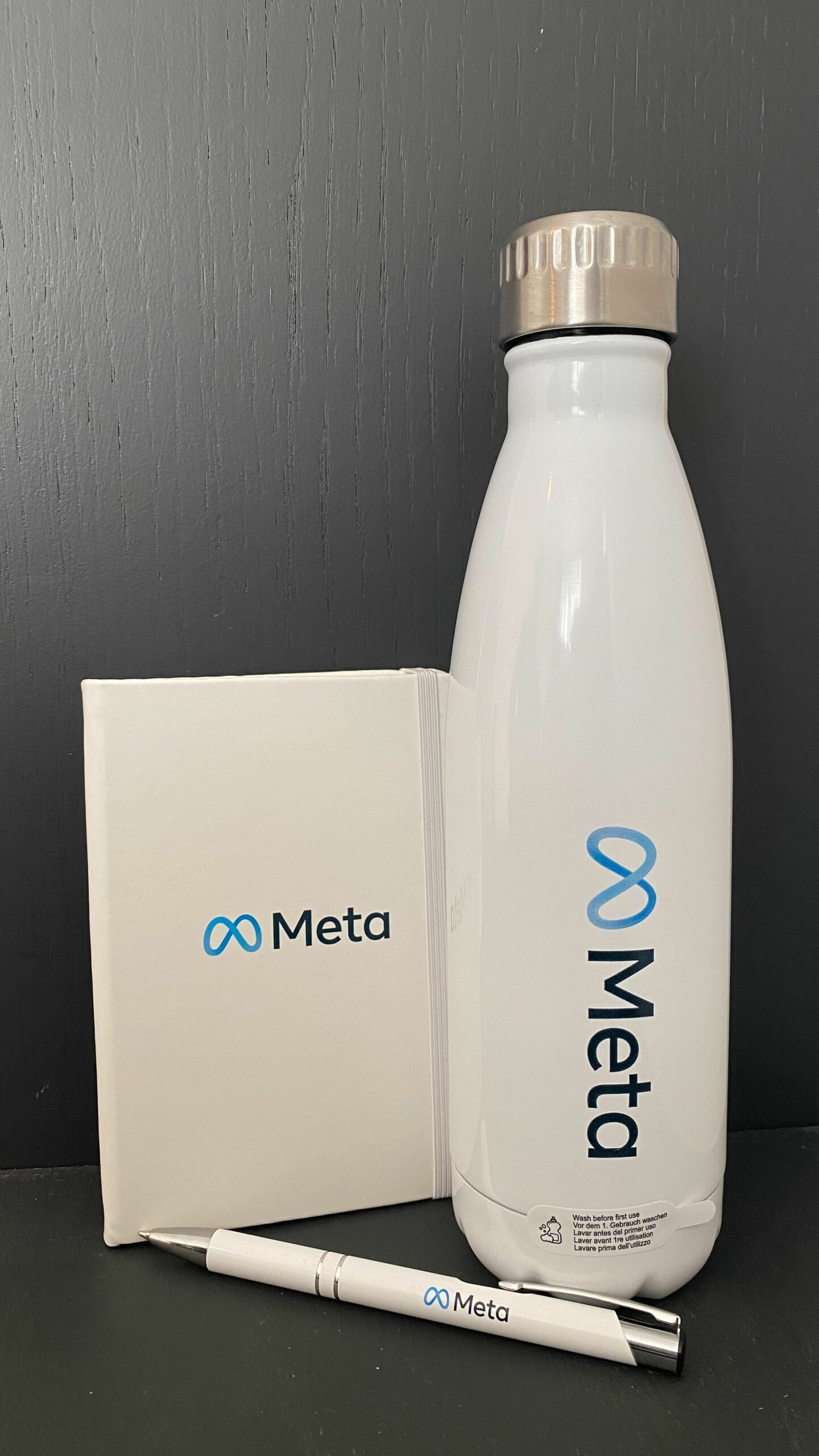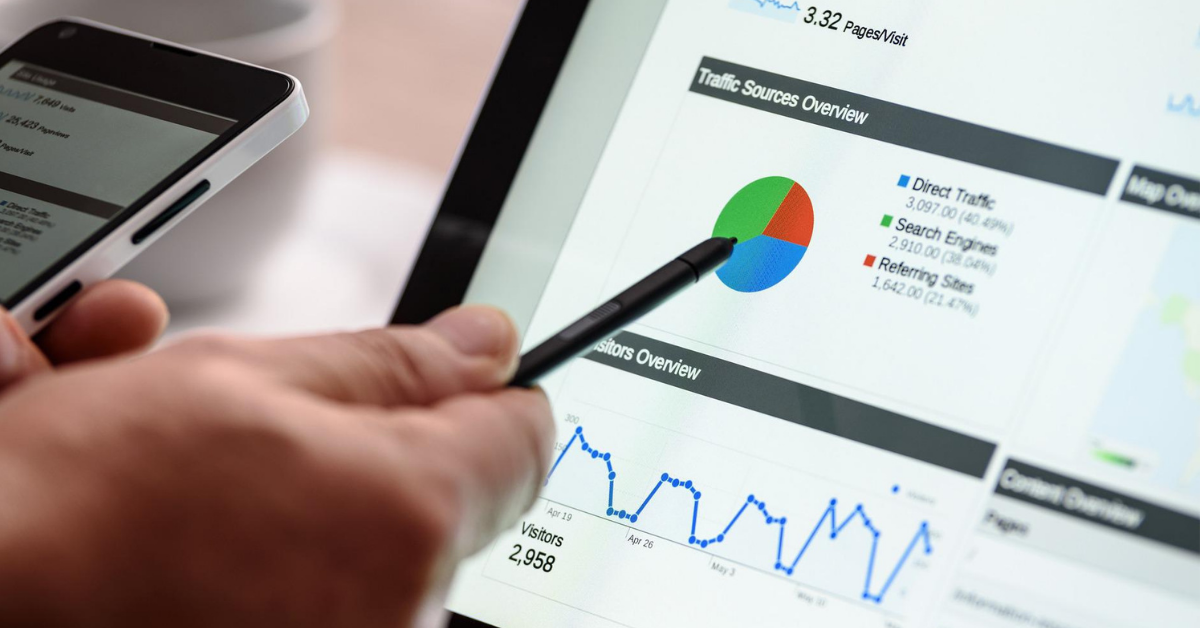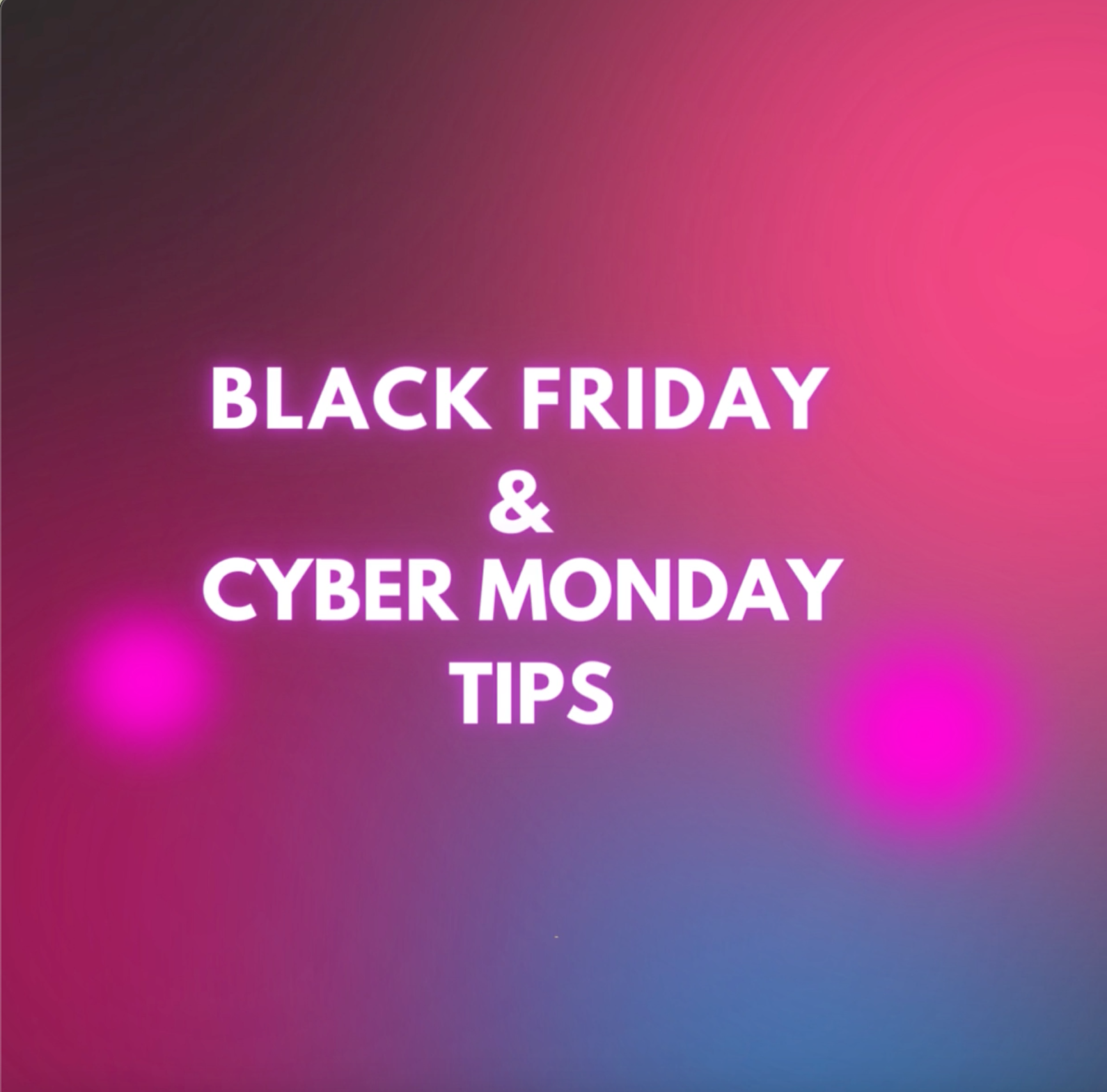Tag: marketing
Meta Peak Season Summit Conference – Our Key Takeaways
Last month I had the amazing opportunity to visit the Dublin Meta office for their peak season summit. It was a great day for learning and networking with agencies and brands who are all gearing up for Q4. As there was a lot of learnings and insights given on the day I’ve chosen to share 4 Key points that stood out to me that will enhance your campaign strategy.
- GWI Consumer Behaviour
People are starting to search for Christmas related products earlier and earlier each year. We’ve noticed the same shift in behaviour with client competitors and the search terms relating to advent calendars and Christmas gifting as early as August! While you might think August is too early, this is the perfect time to start filling up your database with emails through Lead Generation campaigns. Create a buzz about your products and even offer early bird discounts to build engagement and increase eventual conversion rates.
- Audiences
According to their GWI research, global consumers are still spending more, especially Gen Z who are planning on purchasing non-essential products this year. It was also stated that there’s a 15% increase in those more likely to make impulse purchases. So what does this mean for us marketers? We should ensure Gen Z is included in our target audience and keep them in mind when making social content.
While you might have your target audiences planned out, Meta has advised brands to look into audience automation which creates a broader pool to target. Audience automation includes detailed targeting, lookalikes and custom audiences generated through their AI.
Through their AI tech, the platform to drive greater performance by uncovering new audiences that you might not have considered. Don’t get too attached to the current settings you might have, try something new this month ahead of peak sales for some much needed testing.
- Campaign Structure
If you’re on the platform a lot you will know about their newest product, Advantage Plus Shopping campaign otherwise known as ASC. It’s an AI based campaign structure that combines prospecting and existing audiences into one ad set. It aims to drive better results than the traditional campaign set up you might know. They’ve seen a 17% improvement on cost per conversion and a 32% increase on ad spend cost. Furthermore, according to Meta it’s best to use at least 30% of your media budget on this campaign type.
- Creative Diversification
Creative is very important when it comes to ad targeting and diversifying the format, messaging and content type is crucial to getting audiences to engage in a meaningful way.The key is to create content digestible and entertaining while also engaging the community through content they’d expect to see on your organic channels.
In the campaign, ensure advantage placements are on so that you can have the best chance of showing up where your customers are.
Are you prepared for Black Friday and Cyber Monday?
Don’t worry if you’re not prepared! We’ve got you covered. Here’s a few strategies that could help you this season.
- Creative
We’ve only got a few weeks left until Black Friday and Cyber Monday and if you haven’t already got a plan NOW is the time to do it. Get your creative theme in order, it is great to see consistent content whether it be the colour scheme or text. It’ll make it easier for customers to recognise your ads. Using platforms like Canva can be an easy way to create templates or find templates for the team to use.
Make sure your content has an edge of urgency and excitement for shoppers to get in early and buy your products. Consumers will already be on the hunt for deals so messaging is
Key! While the percentage off on products might not always be your choice it’s best to go BIG otherwise it could get lost in the noise of all other promotions such as if the company is doing 70% yours is 20% off, it’s likely to go unnoticed.
PLT did a fantastic job of hitting those big promotional percentages and excitement with new lines dropping every hour. They even took their own spin on Black Friday and renamed it Pink Friday to run with their brand image.
- Make it Fun!
This time of year is full of excitement and festivities, why not make it fun by doing engaging content such as daily offers or spin the wheel for deals. Customers are more likely to purchase content after having engaged with content as brand trust and loyalty was nurtured.
- Loyal Customers and Lead Generation Exclusivity
This season is great for gathering up leads by advertising exclusive first access to content before Black Friday or Cyber Monday sales. Make sure to give yourself enough lead time to gather emails and prepare which content you’ll give them first access to. This applies to giving first access to VIP members or your newsletter contacts to sales items or bundles.
Use your learnings from the last year to advertise on optimum platforms with the right audiences. Now is not the time to be testing out new strategies with large budgets.
- Abandoned Carts
Be sure to keep an eye on your abandoned carts and retarget those customers with pixels from your paid channels or through emails after Cyber Monday or Black Friday. These customers are still likely to convert, just keep building brand trust and use language that emotes a fear of missing out.
- Use All Available Platforms
Remember that your consumers can be found on multiple platforms online such as Google, Instagram, TikTok and Meta. Use that to reach as many people as possible using learned data and ad performance from the past year to fully optimise your seasonal campaign.
The resurgence of app marketing… God, it’s complicated now
In the last few months, we’ve seen somewhat of a renaissance of the App. Existing clients have launched new apps and we’ve received more App-related briefs than ever since mid-summer. Now this may be pure coincidence across our sample set but given everything that’s going on in the world with a recession endlessly looming, cost of living increases and the expectation of squeezing margins and tightening costs for businesses, are companies revitalising their App efforts? Maybe this is in the hope of driving improved customer retention, improved personalisation and conversion to increase their profitability position. Who knows!
Now, the main thing that has emerged is the vast amount of changes to tracking and transparency over the last few years. We’ve all been well aware of the iOS14 changes that ultimately changed the way we track, optimise and set-up campaigns. Until now, the impact has been somewhat limited to the Web for our clients and we were protected from the real horrors that exist in the app world.
Prior to the iOS changes, I managed a large amount of App campaigns through all the expected channels, Google (Universal App campaigns back in the day), Facebook, App Search etc. and used mobile measurement partners like Adjust, Appsflyer, App Annie to do reporting so had plenty of experience in setting up and reporting on performance, cohorts, retention and so-on. But things have changed, so If it’s been a while since you’ve ran app campaigns, here’s some key things to watch out for:
- Nothing works as you’d expect anymore and don’t get me started on GA4.
When we work with our ecommerce clients on driving revenue and ROAS from web campaigns, there’s a relatively formulaic approach to measuring performance – pixel set-up, more recently Server-to-Server integrations with the channels and then using Google Analytics as the Single Source of Truth to understand channel interactions and a more realistic view on ROAS.
For App, most campaigns won’t work without a mobile measurement partner in place – You can’t run Google campaigns without one – Google’s preference is to run with Firebase and GA4 but do also support third party integrations. We’ve tried both ways and there’s trials and tribulations around both, particularly within the partner integration settings and the flow of data between the channels and measurement platforms. Often data is unavailable in the platform for no discernible reason 😠 If you’re setting up a mobile measurement partner for Google, you may as well utilise their integrations for other channels as well but more often than not, you’ll be using a combination of Firebase + a third party tool as none of them really seem to cater for all needs.
The introduction of GA4, for me, has been a disaster. Everyone is expected to upgrade to GA4 by June next year but the reality is that the knowledge share and documentation from Google has been, at best, piss-poor. The deprecation of the cookie is driving the urgency here but Google seems to have forgotten to take everyone (from Marketers, to Developers to Analytics Departments) on the journey. Apple’s introduction of the App Tracking Transparency Framework has also put everyone on the backfoot but with the clout that Google has, you’d expect a more seamless upgrade process. Clients using Universal Analytics (often UA 360 with the associated subscription fee) are often in contracts on UA360 and have yet to receive contact about how and why they need to upgrade to GA4 – the introduction of a new GA4 account is therefore a low priority, despite it being almost essential to run App campaigns.
- SKAN for iOS is now a thing.
SKAdNetwork has been around since 2018 but rarely impacted the way in which we tracked campaigns but with the introduction of the App-Tracking Transparency measure put in place by Apple, activity for iOS campaigns is often now tracked by SKAdNetwork. Nowadays, to preserve privacy, performance data is aggregated (something which performance marketers hate) to provide a ‘view’ of performance. There’s now no-real time view on performance/ROI/LTV and data postback can take anywhere between 24-72 hours – which in a fast paced digital world, makes no sense. This makes optimisation of activity particularly difficult and managing client expectations on access to real-time data (which is now the norm) has been challenging.
- User Journey Complexities & Deep-Linking
As we’ve often said in previous articles, a customer’s journey is more like a plate of spaghetti than a linear path to conversion. Throw an app into the mix and it only increases the complexity. Catering for high value and probably your best customers is crucial in driving performance but it’s against a backdrop of the most challenging picture in terms of tracking their behaviour. App, at present, is a black hole of data but would provide the most significant insights as to better optimise your marketing efforts. Deeplinking is the main solution area to drive customers who’ve installed the app into the more-optimised user journey but in my experience, developers have little experience in deeplinking set-up from web to app with even less experience on how that affects channel performance.

My main gripe with all of the challenges faced is actually the lack of support and expertise there is out there around App. Herein lies the problem, right now – can anyone actually be an app marketing expert? The changes are constant due to the nature of how transparency and privacy is evolving so everyone is scrabbling around for answers and solutions. The best approach is to stay flexible and inquisitive about the latest innovations within App and keep bringing them to the table.
Now whilst I’ve had a bit of a rant… we must remember that we’re entering a new dawn in terms of transparency and privacy and businesses will have to adapt to the ever changing view of performance. Perhaps what is most encouraging is that instead of focusing on historical ROI performance, we could move to a predictive analytics mindset which could drive marketing performance to the next level – taking people on the journey will be our biggest challenge.
You can’t teach an old dog new tricks but I’ve been jumping through burning hoops the last 6 months. These app challenges have re-invigorated my intrigue into analytics and true digital marketing strategy – it’s been invaluable in providing us with even more insights into how to help drive clients forward!
The 6 Most Exciting updates from Google Marketing Live 2022
My definition of exciting has certainly changed over the years but after watching almost two hours of the Google Marketing Live 2022 Keynote, I’ve distilled the key info down into bitesize chunks so you don’t have to…
- Lead Funnels
With the evolution of enhanced conversions to enhanced conversions for leads, Google will soon be able to import offline lead status data and build lead funnel reporting directly in Google Ads. We’ll soon be able to connect what happens to a lead once it goes through to the sales funnel, re-import that data back into Google and eventually be able to optimise campaigns to Converted Lead status, closing the data black-hole from Ad Click to Converted Lead. B2B marketers have been desperate for this evolution for a long time! Hubspot will support Enhanced conversions for leads as well as already being available for Telium, Segment, Mparticle and Adobe. No mention of Salesforce just yet…
- Google Business Messaging
This is a big development to bring Live Chat functionality to Ads, one of the case studies references responding to over 40,000 customer questions and driving 1,300 new business leads. If you’re like me and don’t like filling out forms or speaking to people on the phone then Live Chat has been revolutionary in accessing support in a timely manner. We can see lots of use cases of this particularly with our B2B clients who are focusing on quality lead generation. One thing that would be necessary to balance would be the influx of customers vs. leads via this channel – something we’d keep a close eye on!
- Performance Max
As announced earlier this month, Google is upgrading all Smart Shopping campaigns to become Performance Max campaigns which is a big shift to more automation, jumping out of the safe-haven of shopping and extending to all Google properties – Search, Display, Maps, YouTube, Gmail! This is another step to make campaign creation and optimisation easier for the marketer and focus more on leveraging Google’s Machine Learning capabilities to drive better performance. A number of our clients are currently running Performance Max campaigns and the claims that it does increase volume and improve efficiency have so far held true amongst our data set.
- Target Return On Ad Spend (ROAS) / Broad Match
Another claim from the Keynote was that companies who utilise Broad Match with a Target ROAS have seen a 20% increase in conversion value for no drop in ROAS. This is down to improvements in Machine Learning models which are now more than 50% better at understanding human language and therefore search behaviour. Historically, Pure Broad match was generally an efficiency killer, hence the introduction of Broad Match Modifier and later Near Phrase Match. Google is now rolling back to Broad search but with improved performance. Again, this strategy is something we’ve been testing amongst our client set and we have seen the corresponding performance – Google hasn’t gone crazy with the spend but has found additional volume opportunities at the same Target ROAS.
- More Visual Search Engine Result Pages (SERPs)
A big focus across the keynote was the introduction of Visual & Immersive experiences in the SERP. We know that Images tend to drive stronger CTRs and the continued introduction of more content on the SERP (knowledge graph, maps, images) shows no sign of slowing down. One of the key announcements was the introduction of more visual ads which means that image extensions and dynamic image extensions will gain increasing popularity. This adds particular focus on product imagery for those in the eCommerce space. Immersive Ad experiences such as AR for Shopping will also become available!
- Checkout on Merchant
As with other Platforms, Google is also focusing on speeding up the checkout experience particularly from Google Shopping. Checkout on Merchant allows a user to select their product and head straight to the checkout page from Google Shopping, rather than following the traditional Product Page > Add to Cart > Checkout funnel, reducing the click path significantly.
If you do fancy the full 2 hour slog through the keynote… watch the full video below (top tip: skip the first 18 mins):




